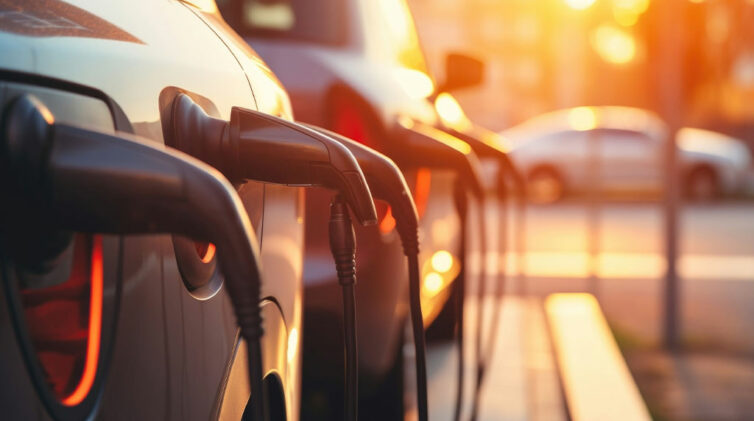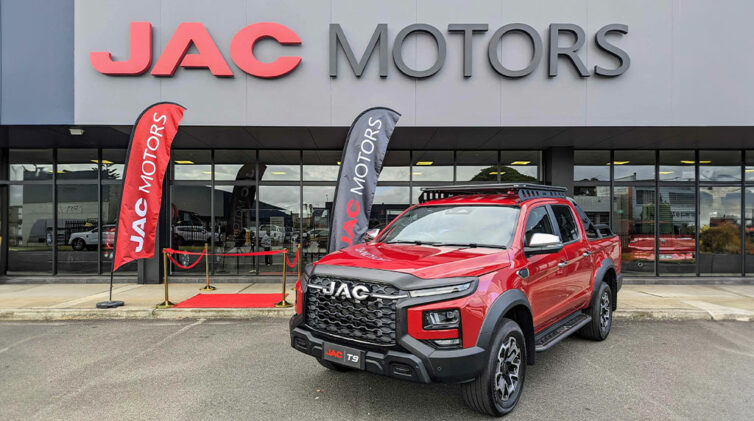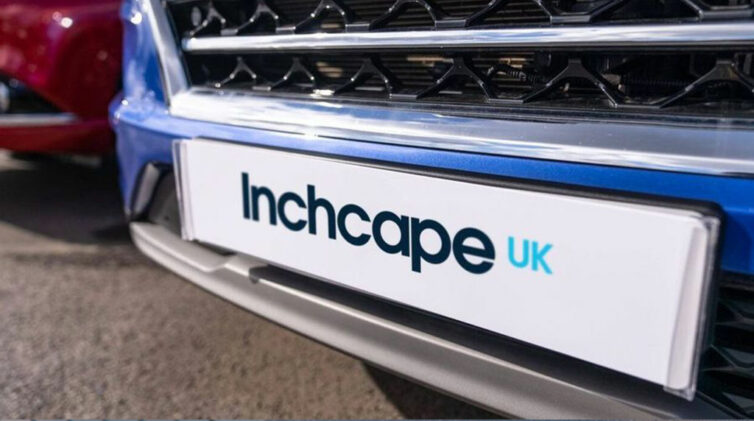But running costs on some cars are falling.
The 2023 survey lists the Chinese-made MG3 as the cheapest car to own with a monthly cost – including loan repayments, depreciation, fuel and repairs – of $746.01.
It is the third time the MG3 has been at the top of the RACV’s list. This is despite the MG3 rising in price over the past three years from $16,990 drive away to its current price of $19,990 drive away – a 6.7 per cent increase.
But the purchase price isn’t the biggest cost rise in the three years. The cost of running that car has risen 16 per cent – from $626.50 a month in 2021 to the 2023 cost of $746.01.
The survey shows the biggest cost increases in the three years are fuel (up 26 per cent to the MG3’s $169.18 a month), and the statutory costs including registration and insurance, which rose 22 per cent to $165.34 a month.At the other end of the scale, tyre costs remained about the same while servicing costs rose just 7.4 per cent.
Loan repayments on the MG3 went from $326.02 a month in 2021 to $346.23 a month in the latest survey, a rise of only 5.8 per cent.
RACV’s general manager of motoring products Jeff Ames said that although some categories of cars showed price rises, others fell.
“The cost of owning and operating a car has dropped across seven categories in 2023 including small and medium cars, medium and large SUVs, people movers and light commercial vehicles,” he said.
“The biggest difference is in the medium SUV car category with the Honda CRV Vi 2.0 CVT FWD Wagon taking out the top spot with an average monthly running cost of $1161.36.
“But this is $83.72 (or almost 7 per cent) less per month in comparison to the car that took out the top spot in the same category in 2022 which cost an average of $1245.08 per month.”
In the large passenger car category, the latest RACV data shows that a Toyota Camry Hybrid costs $1109.51 a month to own and run, up from $1003.74 (9.5 per cent).
Fuel was up 26 per cent in the period (the biggest rise) to $118.68 a month. The second biggest rise was in government charges and insurance, up 20.8 per cent in the three years to $222.60 a month.
By contrast, loan costs and service charges only rose modestly, with increases of 1.2 per cent and 11 per cent (to $25.50 a month) respectively.
The Subaru Forester in the SUV category is a similar story. Its monthly costs are $1266.16, a rise of 7.5 per cent.
It costs $175.68 a month for government (registration, etc) and insurance charges (up 9.8 per cent on the 2021 survey); fuel is up to $173.62 a month (up 28 per cent); and service charges are now $65.48 a month, up 7.6 per cent on 2021.
The loan for this vehicle is calculated by RACV at $836.38 a month, up 3 per cent since 2021.
A Mitsubishi Outlander plug-in hybrid (PHEV) may be the fuel-efficient answer to moving seven people at the lowest fuel costs but it is still costing owners $1534.44 a month, up 15.8 per cent from the survey results of 2021.
The biggest jump in the rising cost is the $7266 increase in the purchase price (new, more advanced model) to $60,442, up 12 per cent on 2021.
The monthly cost to the owner is now $1534.44 (up 15.8 per cent) with government charges and insurance now $216.52 a month (up 15.7 per cent), fuel (up 28 per cent); servicing (up 2.3 per cent); and the loan charges that are now $1155.92 a month, up 11.7 per cent.
GoAutoNews Premium asked Mr Ames in which areas buyers can save money (aside from purchase price) when owning a car.
“There are ways we can save on our vehicle and transport costs, which according to the latest Australian Automobile Association Transport Affordability Index, accounted for 15.8 per cent of the typical Australian household expenditure in the quarter to March 2023,” he said. “In addition to RACV’s fuel saving tips for motorists, we suggest the following cost-saving measures:
“In addition to RACV’s fuel saving tips for motorists, we suggest the following cost-saving measures:
- Shop around for the best fuel price: RACV suggests consumers shop around for the best deal on fuel by using the Fuel Tracker on the RACV website, or in the arevo by RACV app, free to download via Google Play or the App Store. The arevo Fuel Finder feature includes an interactive map, which compares prices at petrol stations, accurate to the cent and refreshed every 15 minutes.
By using the Fuel Finder in the free arevo by RACV app and simply shopping around for the cheapest price every time they fill up, arevo by RACV app users might be able to save up to an average of $299.05 a year or up to 30.3 cents per litre on any given purchase.
- Maintain your car: If your car is running correctly, it will use less fuel. Have it serviced according to the owner’s manual and regularly check oil and other fluid levels.
- Keep tyres properly inflated: Looking after your tyres will not only reduce your fuel consumption, it will also extend tyre life and improve handling.
- Reconsider premium unleaded petrol: Unless your car specifically requires you to use it, RACV research shows that filling up with premium unleaded petrol (PULP) 98 adds an extra $239.40 a year to the average fuel bill, compared with using regular unleaded fuel, even though many cars get no benefit from the more expensive fuel.
- Take the time to find the right park: Car parking can be expensive, particularly if you work in the city. Leaving your car on the city fringe then catching a tram or walking to work could save you a lot of money over the course of a year. RACV’s free arevo app has a feature that will help find the cheapest car-parking options near you.
- Get a free driver’s licence: If you’re under 25 and have a clean driving record, you could be eligible for a free three-year driver’s licence. VicRoads’ Free Licence Scheme is designed to reward young drivers for good driving while on their P-plates. To be eligible you need to have attained your P1 licence before turning 21, had a Victorian probationary licence for four years, have no demerit points and have committed no traffic-related offences.
Calculations from the survey are based on private vehicle ownership and the average distance travelled by Victorian motorists, which is 15,000 kilometres per year.
By Neil Dowling













 Read More: Related articles
Read More: Related articles

